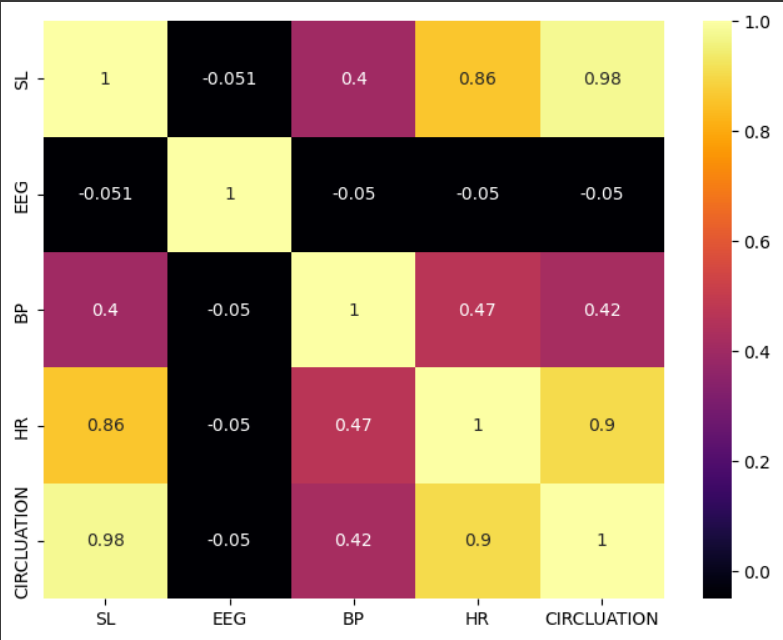A Machine Learning Classification Paradigm for Automated Human Fall Detection
Main Article Content
Abstract
For elderly people, falls are a severe worry since they can result in serious injuries, loss of independence, and deterioration of general health. In fact, among older persons, falls constitute the main reason for injury-related hospitalisations and fatalities. There is an obvious demand for fall detection systems that can help avoid or lessen the negative effects of falls given the enormous impact of falls on the senior population. Systems for detecting falls are created to notify carers or emergency services when a person has fallen, enabling quicker responses and better results. Elderly people who live alone or have mobility or balance impairments that make them more likely to fall may find these systems to be especially helpful.
The difficulty of categorising various actions as part of a system created to meet the demand for a wearable device to collect data for fall and near-fall analysis is addressed in this study. Three common activities—standing, walking, and lying down—four distinct fall trajectories—forward, backward, left, and right—as well as near-fall circumstances are recognised and detected.
Overall, fall detection systems play a significant role in the care of elderly people by lowering the chance of falls and its unfavourable effects. In order to better meet the demands of this vulnerable group, it's expected that as the older population grows, there will be a greater demand for fall detection systems and ongoing technological developments.

